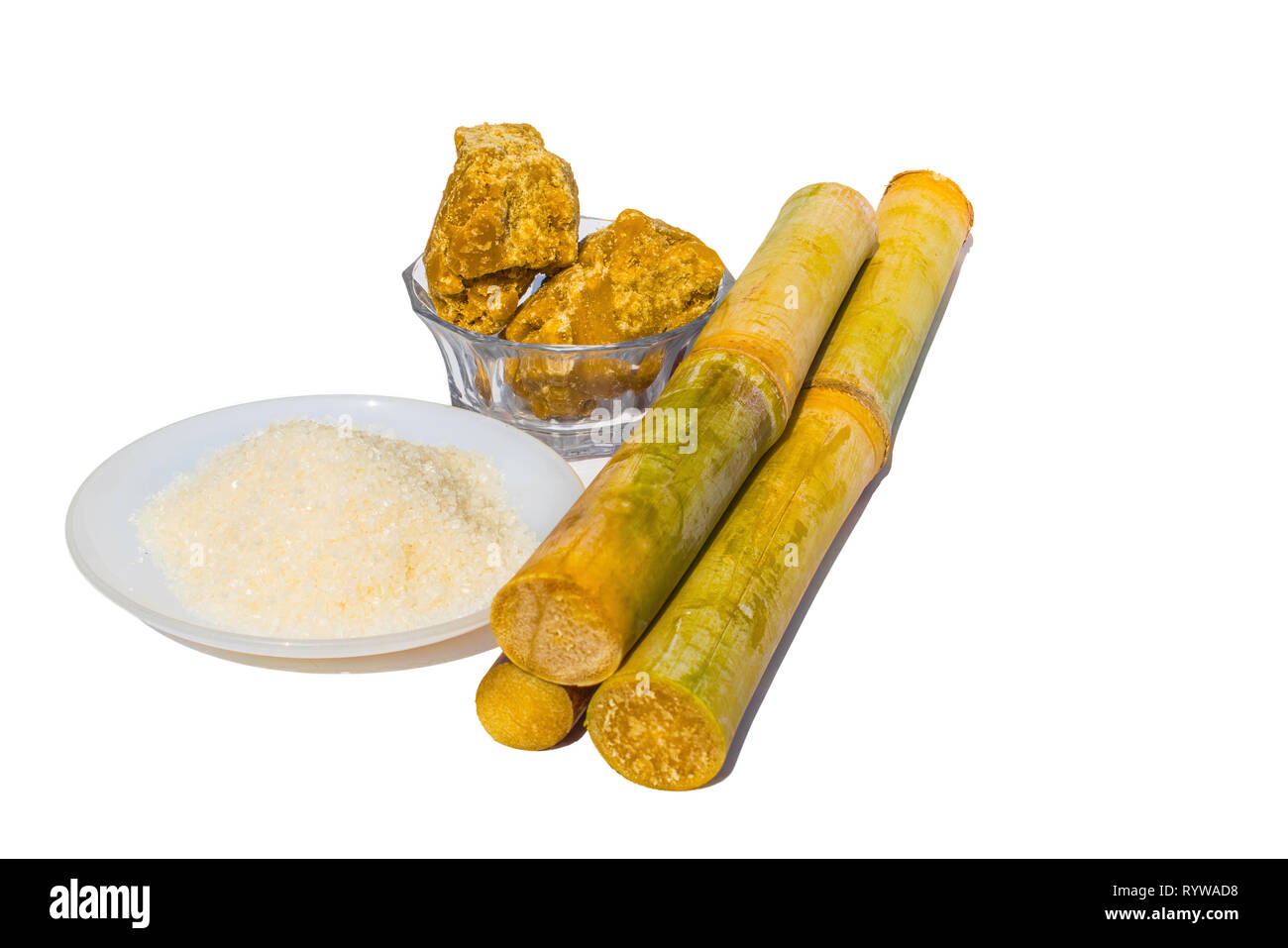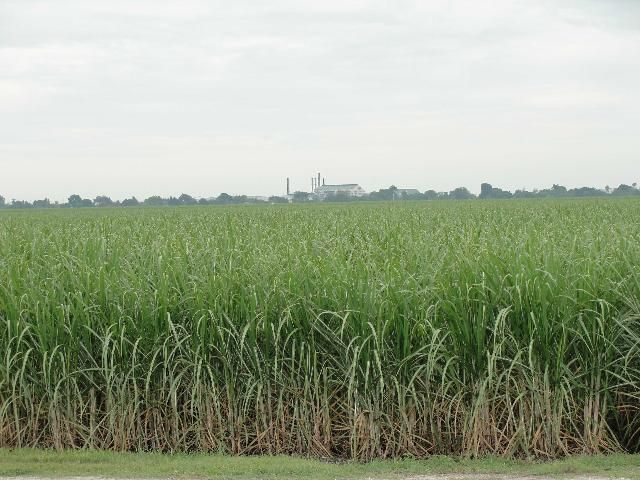Understanding the Manufacturing of Sugarcane Product for Buyers
Understanding the Manufacturing of Sugarcane Product for Buyers
Blog Article
The Trip of Sugarcane: From Harvest to Everyday Products
The trip of sugarcane is a diverse process that starts with careful growing and culminates in a selection of products that penetrate our everyday lives. As we explore the different facets of sugarcane's journey, its duty in sustainability and the wider implications for our setting come into sharper emphasis.
Growing of Sugarcane
The farming of sugarcane is an important farming process that requires certain environmental conditions and monitoring methods. Optimum development happens in subtropical and tropical areas where temperatures range in between 20 ° C and 32 ° C. Adequate rainfall or irrigation is important, as sugarcane thrives in damp dirt with well-drained conditions (sugarcane product). Soil top quality considerably affects yield; thus, farmers typically perform soil tests to establish nutrient requirements
This technique facilitates effective gathering and maximizes sunlight exposure. Plant turning and intercropping are advised techniques to enhance soil fertility and decrease insect invasions.
Fertilization is another vital element, with nitrogen, potassium, and phosphorus being the main nutrients needed for optimal development. Prompt application of these fertilizers can significantly improve sugar yields. Additionally, monitoring for conditions and bugs throughout the growing season is important, as these factors can adversely affect plant health and wellness and productivity. Overall, effective sugarcane growing depends upon a mix of ecological stewardship, calculated planning, and recurring administration practices.
Harvesting Methods
Successful sugarcane growing culminates in the gathering phase, which is crucial for making best use of yield and making certain high quality. The timing of the harvest is crucial; sugarcane is normally harvested when sucrose degrees peak, usually between 10 to 18 months after planting. This duration varies based on environment, soil type, and sugarcane variety.
Collecting methods can be generally categorized into guidebook and mechanical techniques. Hands-on harvesting is labor-intensive, depending on experienced employees who utilize machetes to reduce the stalks short. This method enables discerning harvesting, where only the ripest walking sticks are selected, thereby improving total sugar web content.
Conversely, mechanical harvesting has obtained appeal as a result of its effectiveness and cost-effectiveness. Specialized farmers outfitted with cutting knives and conveyor systems can process big areas swiftly, significantly reducing labor expenses. Nevertheless, this technique might bring about the incorporation of premature walking sticks and a prospective decline in sugar top quality.

Despite the approach used, making certain that collected walking sticks are moved rapidly to processing centers is essential. Motivate taking care of lessens wasting and preserves the honesty of the sugarcane, establishing the stage for ideal processing.
Processing Techniques
Handling sugarcane involves several crucial actions that change the harvested stalks into useful items, mostly sugar and molasses. The preliminary stage is cleaning the walking stick to remove dirt and particles, complied with by the extraction of juice via squashing or milling. This process typically uses heavy rollers that damage the cane fibers to launch the wonderful fluid consisted of within.
Once the juice is removed, it goes through clarification, where pollutants such as soil fragments and bagasse are removed. This is often attained by adding lime and heating up the juice, allowing sedimentation. The made clear juice is after that concentrated with evaporation, where water material is lowered, leading to a thick syrup.

Eventually, the handling of sugarcane not only creates sugar and molasses however additionally prepares for numerous derivatives, which will be checked out in succeeding discussions.
Products Derived From Sugarcane
Sugarcane is a flexible plant that yields a large array of products beyond simply sugar and molasses. Amongst the primary spin-offs are ethanol and biofuels, which have actually obtained prestige as renewable resource resources. Ethanol, generated through the fermentation of sugarcane juice, serves as an alternate to nonrenewable fuel sources and is often blended with gas to develop cleaner-burning gas, reducing greenhouse gas discharges.
Furthermore, sugarcane is a substantial resource of bagasse, the coarse deposit continuing to be after juice extraction. Bagasse is used in different applications, consisting of the manufacturing of Learn More Here paper, eco-friendly product packaging, and as a biomass gas for power generation. Its usage not just lowers waste but also enhances the sustainability of sugarcane processing.
Moreover, sugarcane-derived items encompass the food industry, where it serves as an all-natural flavor agent and sweetener in various cooking applications. In the world of cosmetics, sugarcane essences are incorporated into skin care items as a result of their natural exfoliating residential or commercial properties.
Environmental Influence and Sustainability
The growing and processing of sugarcane have significant implications for ecological sustainability. This plant needs substantial water sources, commonly resulting in depletion of neighborhood water materials and affecting bordering ecological communities. Furthermore, the use of plant foods and pesticides in sugarcane farming can cause dirt degradation and river pollution, posturing risks to resource biodiversity.

Lasting sugarcane farming also promotes dirt health with plant turning and decreased tillage, improving carbon website here sequestration. The fostering of these practices not only sustains ecological integrity however likewise boosts the resilience of farming areas versus climate modification.
Final Thought
In recap, the trip of sugarcane encompasses different phases from farming to handling, ultimately resulting in a broad variety of items. The value of sugarcane extends beyond simple sweeteners, adding to eco-friendly power via ethanol manufacturing, sustainable packaging by means of bagasse, and all-natural removes for cosmetics. This complex plant plays a crucial role in both dietary enrichment and environmental sustainability, highlighting its significance in contemporary farming and commercial techniques.
Effective sugarcane farming finishes in the gathering stage, which is essential for making best use of return and ensuring high quality. The timing of the harvest is critical; sugarcane is usually gathered when sucrose levels peak, usually between 10 to 18 months after growing.Handling sugarcane includes a number of vital steps that transform the harvested stalks right into useful items, mainly sugar and molasses.Sugarcane is a versatile crop that generates a vast variety of products past just sugar and molasses. Additionally, the usage of plant foods and pesticides in sugarcane farming can result in soil destruction and river contamination, posing threats to biodiversity.
Report this page